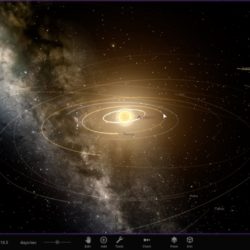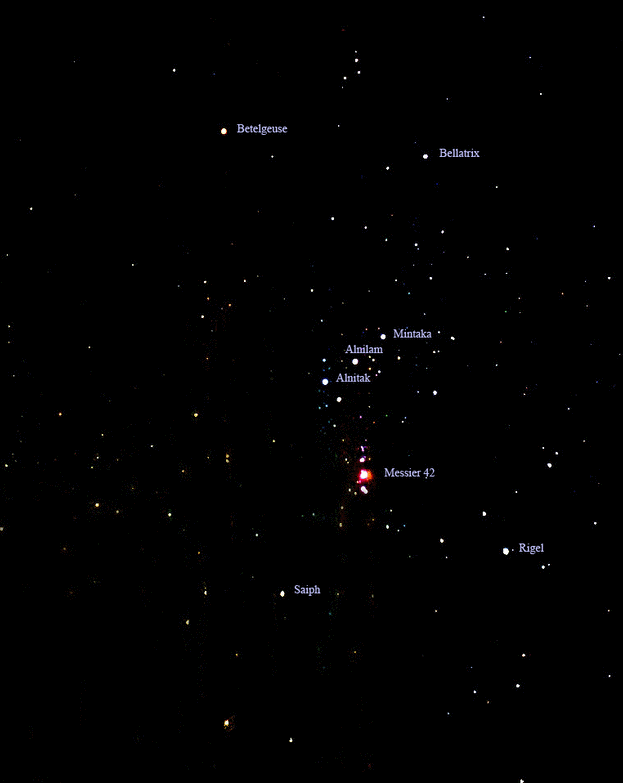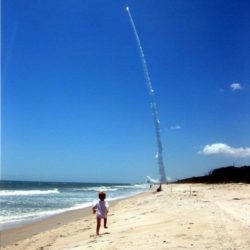The Solution to Fermi’s Paradox is Nigh
We’re watching the solution to Fermi’s Paradox unfold in real time Before I begin, I wish to state up front that this post contains no political content and does not take sides in any particular conflict. Political motivations or outcomes not withstanding, I am a sentient being who knows and feels pain. I feel the[…]







































